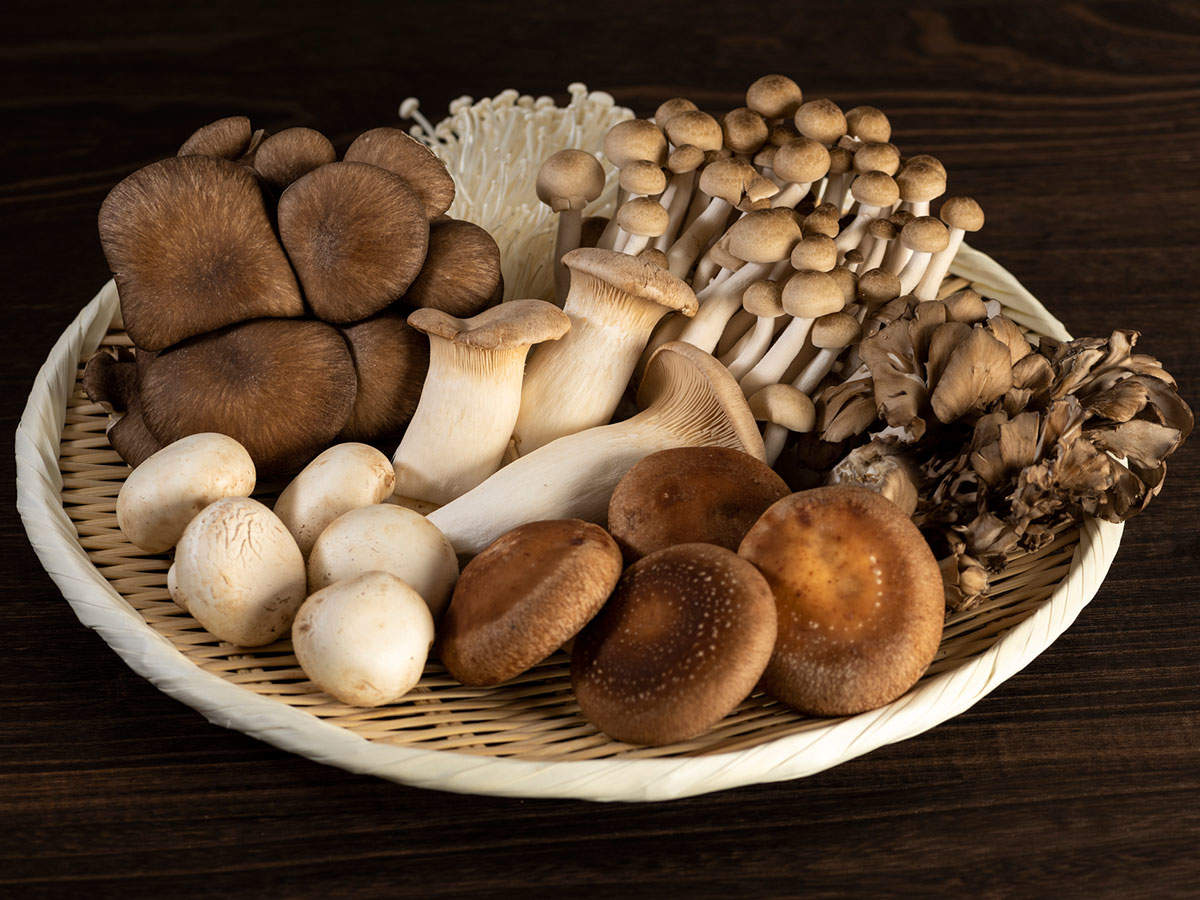The Different Types of Edible Mushrooms
There is a wide variety of edible mushrooms, each with its own unique flavor, texture, and culinary uses.
1. Common edible mushroom varieties
Certainly! Here are some common edible mushroom varieties:
- Button Mushroom (Agaricus bisporus)
- Shiitake Mushroom (Lentinula edodes)
- Portobello Mushroom (Agaricus bisporus)
- Cremini Mushroom (Agaricus bisporus)
- Oyster Mushroom (Pleurotus ostreatus)
- Chanterelle Mushroom (Cantharellus cibarius)
- Porcini Mushroom (Boletus edulis)
- Morel Mushroom (Morchella spp.)
- Enoki Mushroom (Flammulina velutipes)
- Maitake Mushroom (Grifola frondosa)
2. Culinary uses for each type
Certainly! Here are some culinary uses for each type of mushroom mentioned:
- Button Mushroom
- Sautéed or grilled as a side dish.
- Added to salads for a fresh crunch.
- Sliced and used as a pizza topping.
- Incorporated into pasta sauces and stir-fries.
- Stuffed and baked as appetizers.
- Cremini Mushroom
- Used interchangeably with button mushrooms in recipes.
- Sliced and added to soups, stews, and casseroles.
- Grilled or roasted as a side dish or burger topping.
- Stuffed with cheese, herbs, and breadcrumbs for appetizers.
- Combined with other vegetables in frittatas and quiches.
- Portobello Mushroom
- Grilled and served as a meaty burger substitute.
- Stuffed with fillings such as cheese, vegetables, or grains.
- Sliced and used in sandwiches or wraps.
- Grilled and served as a hearty main course with sauces or marinades.
- Roasted and served as a side dish or appetizer.
- Shiitake Mushroom
- Added to Asian-inspired dishes such as stir-fries and noodle soups.
- Sautéed with garlic and herbs as a side dish.
- Used in vegetarian sushi rolls or rice bowls.
- Dried and rehydrated for use in soups, broths, and sauces.
- Sliced thinly and added to omelets or scrambled eggs.
- Oyster Mushroom
- Sautéed with butter and garlic as a simple side dish.
- Added to pasta dishes or risottos for extra flavor and texture.
- Used in vegetarian stir-fries and curries.
- Breaded and fried as a crispy appetizer or topping.
- Sliced thinly and used in salads or sandwiches.
- Chanterelle Mushroom
- Sautéed with butter and herbs and served as a side dish or topping.
- Added to creamy sauces and risottos for a rich, earthy flavor.
- Combined with eggs in omelets or scrambled eggs.
- Used in gourmet pasta dishes with cream or wine-based sauces.
- Pickled or preserved for use in sauces or garnishes.
- Porcini Mushroom
- Sliced and added to risottos, pasta dishes, and soups.
- Used in stuffing for poultry or game meats.
- Dried and ground into a powder for seasoning sauces, gravies, and rubs.
- Sautéed with garlic and parsley and served as a side dish.
- Grilled or roasted and served as a standalone dish with olive oil and herbs.
- Morel Mushroom
- Sautéed with butter and served as a side dish or garnish.
- Used in cream sauces for pasta, chicken, or veal dishes.
- Stuffed with fillings such as cheese, herbs, and breadcrumbs.
- Added to quiches, frittatas, and savory tarts.
- Dried and rehydrated for use in soups, stews, and sauces.
- Enoki Mushroom
- Added to Asian soups such as miso or hot pot.
- Used in salads, sushi rolls, and spring rolls for texture and flavor.
- Stir-fried with vegetables or tofu in Asian-inspired dishes.
- Sautéed with butter and herbs and served as a side dish.
- Used as a garnish for noodle dishes or grilled meats.
- Maitake Mushroom
- Sautéed with onions and garlic as a side dish or topping.
- Added to soups, stews, and risottos for a hearty flavor.
- Grilled or roasted and served as a standalone dish with olive oil and lemon.
- Used in vegetarian stir-fries and noodle dishes.
- Combined with other mushrooms in creamy pasta sauces or casseroles.
3. Flavor profiles and textures
Certainly! Here's a breakdown of the flavor profiles and textures of each type of mushroom mentioned:
- Button Mushroom:
- Flavor: Mild and slightly earthy.
- Texture: Firm and meaty when cooked, with a slight chewiness.
- Cremini Mushroom:
- Flavor: Similar to button mushrooms but with a deeper, richer taste.
- Texture: Firm and slightly denser than button mushrooms, with a meaty texture.
- Portobello Mushroom:
- Flavor: Robust and meaty, with a savory umami taste.
- Texture: Thick and substantial, with a meat-like texture that becomes tender when cooked.
- Shiitake Mushroom:
- Flavor: Rich and earthy, with a slightly smoky undertone.
- Texture: Firm and meaty, with a chewy texture that softens when cooked.
- Oyster Mushroom:
- Flavor: Mild and slightly sweet, with a delicate mushroom taste.
- Texture: Tender and velvety, with a smooth texture that can be slightly chewy when cooked.
- Chanterelle Mushroom:
- Flavor: Fruity and slightly peppery, with a mild mushroom taste.
- Texture: Firm and meaty, with a delicate and slightly crunchy texture.
- Porcini Mushroom:
- Flavor: Nutty and earthy, with a rich and robust taste.
- Texture: Dense and meaty, with a chewy texture that becomes tender when cooked.
- Morel Mushroom:
- Flavor: Nutty and earthy, with a complex and intense flavor.
- Texture: Firm and meaty, with a honeycomb-like structure that becomes tender and slightly chewy when cooked.
- Enoki Mushroom:
- Flavor: Mild and slightly fruity, with a subtle mushroom taste.
- Texture: Delicate and crunchy, with long, thin stems and small, tender caps.
- Maitake Mushroom:
- Flavor: Earthy and savory, with a rich and robust taste.
- Texture: Frilly and textured, with a soft and slightly chewy texture when cooked.
Each type of mushroom offers a unique combination of flavors and textures, which can add depth and complexity to various dishes. Experimenting with different cooking methods and flavor pairings can help you fully appreciate the distinct qualities of each mushroom variety and create delicious and satisfying meals.

Comments
Post a Comment